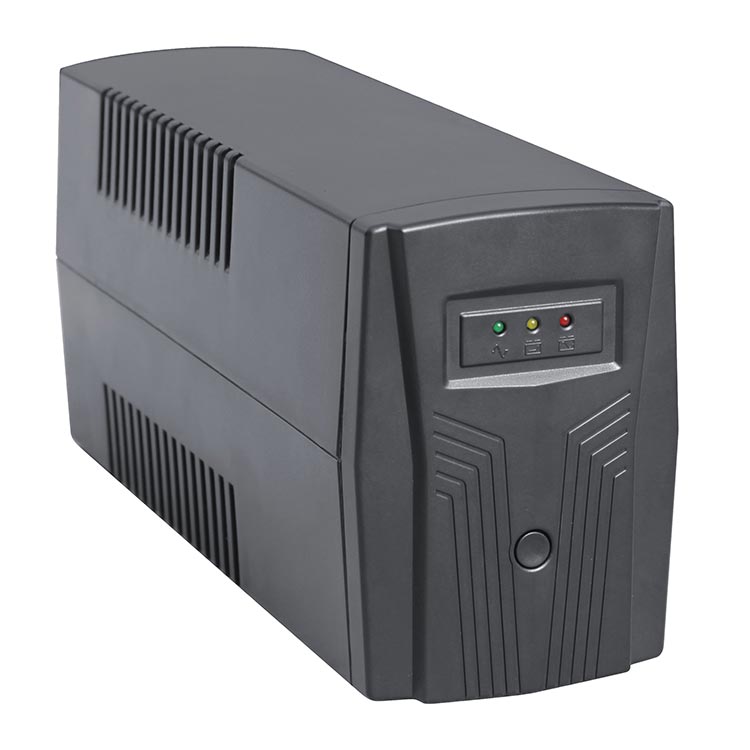Focus on Shengrong, and keep abreast of UPS industrial power industry trends

1. You must first understand how long the UPS uninterruptible power supply can be backed up before discharging, so that when discharging, there is a preparation to prevent the discharge to the back-up time, without knowing it, causing load downtime . Cause damage to the equipment.
2. If the UPS battery can be seen, first visually check whether the battery has obvious deformation and leakage.
3. If the UPS uninterruptible power supply itself has the automatic discharge function to set the time, it is recommended to let the UPS uninterruptible power supply discharge by itself first, so that you can preliminarily judge whether the battery has the ability to discharge.
4. When discharging artificially, please always observe the drop of UPS battery voltage so as to restore the mains input at any time.

5. It is not necessary to completely discharge the battery capacity when discharging the UPS uninterruptible power supply. Just put it to 2/3 of the rated capacity and it is OK. Discharge only serves to activate the battery. Extend the use time of ups battery.
6. If it is a medium and high-power UPS power supply, generally the rectifier and bypass input switch are designed independently. It is recommended to turn off the rectifier switch instead of turning off the user’s mains input switch to prevent the occurrence of battery discharge. The uninterruptible power supply can immediately switch to bypass mode to work.
It is possible to increase MTTR with the right monitoring technology. Because the continuous connection allows infrastructure experts to provide the highest level of support. They can continuously collect and analyze key parameter data and convert this information into actionable plans. This kind of remote diagnosis can make maintenance technicians more wise, so that they can target the areas that need repair before they reach the malfunctioning equipment.